“That’s where I saw first-hand the disconnect between what’s happening on the front end, with channel growth and the supply chain, which is typically quite behind,” Lam says.
He didn’t know it at the time, but his work would lead him towards co-founding Unspun, an innovative textile company that now has some 50 employees, based in Hong Kong, California and London.
Unspun’s speciality is 3D weaving, a production method that creates clothes from yarn without the need for pattern cutting and the associated wasteful offcuts.
3D weaving combines the textile weaving with the making of the garment itself, which conserves materials, consumes less power and emits fewer greenhouse gases as a result.
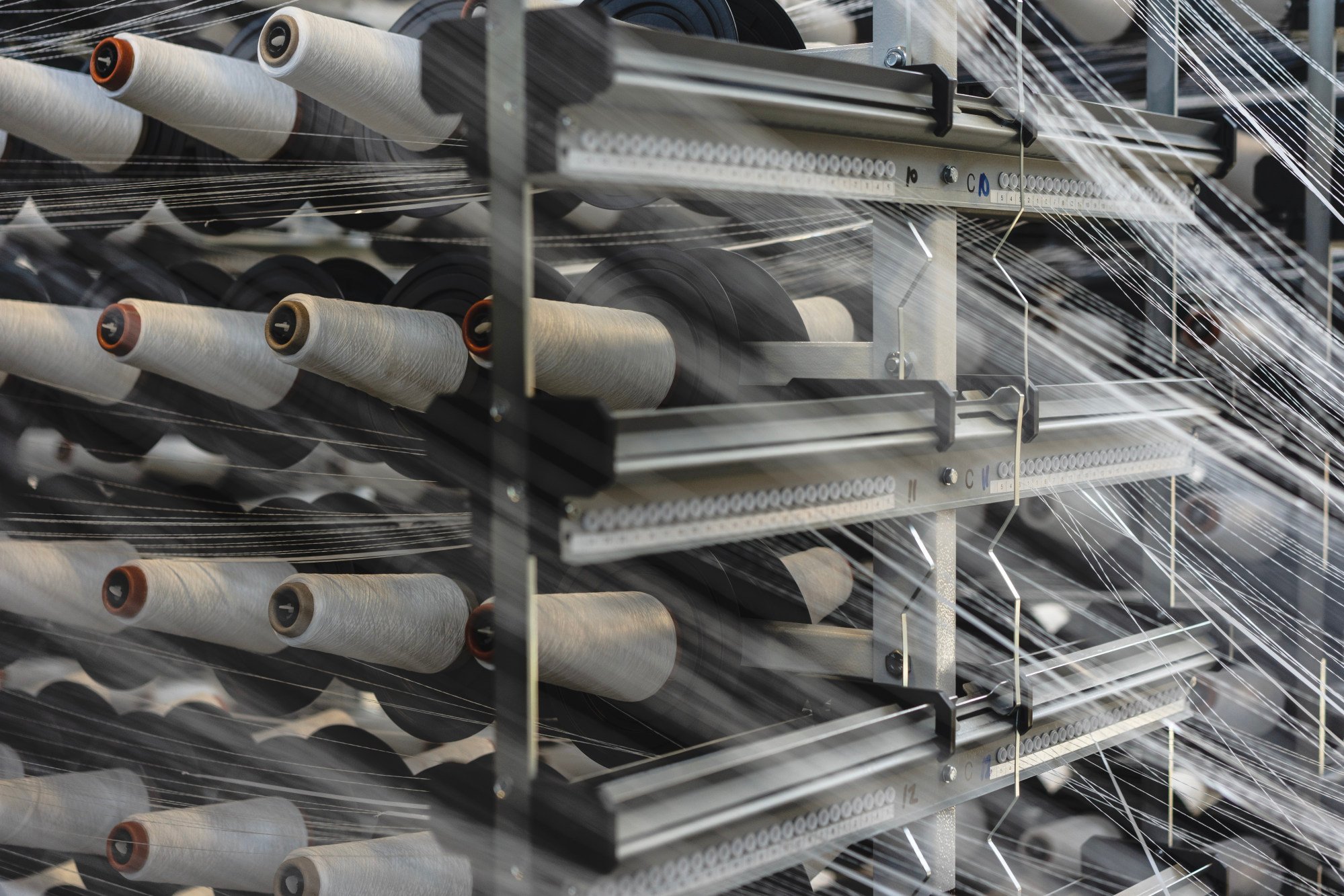
Lam spoke to the Post about his start-up and its ambitious mission to repair the connection between supply and demand.
What led you to Unspun and 3D weaving?
I grew up in a family that did candle manufacturing, so we were familiar with mass manufacturing and exporting to Western brands.
I went to graduate school in California and that’s where I met my co-founder [Beth Esponnette].

She had a fibre science and fashion design background and was frustrated [at the same things as I was] from a design and product development perspective.
She was taking inspiration from 3D printing and thinking if that can take off in other industries, why not in apparel? She dreamed of creating garments familiar to the everyday consumer, and that’s when she landed on 3D weaving as an approach.
We teamed up the day before graduation and began working on Unspun – we didn’t go full-time until two years later [in 2017], because it was hard to raise funds.
That’s our focus: preventing waste that inevitably ends up in landfill
Before that, I joined [athletic apparel brand] Lululemon [as head of strategy for the Asia-Pacific region] and learned about production as well as some of the pain points companies of that scale have.
By then, I’d developed this notion that if you want to solve the climate problem, you can’t just produce software – the solution needs to be tangible. It’s best if you can create something so compelling that you don’t even need to talk about sustainability.
It’s like preaching healthy food: telling people something is healthy so they should eat it, that’s hard. But if you make a delicious product that’s also healthy, you’ll make an impact.
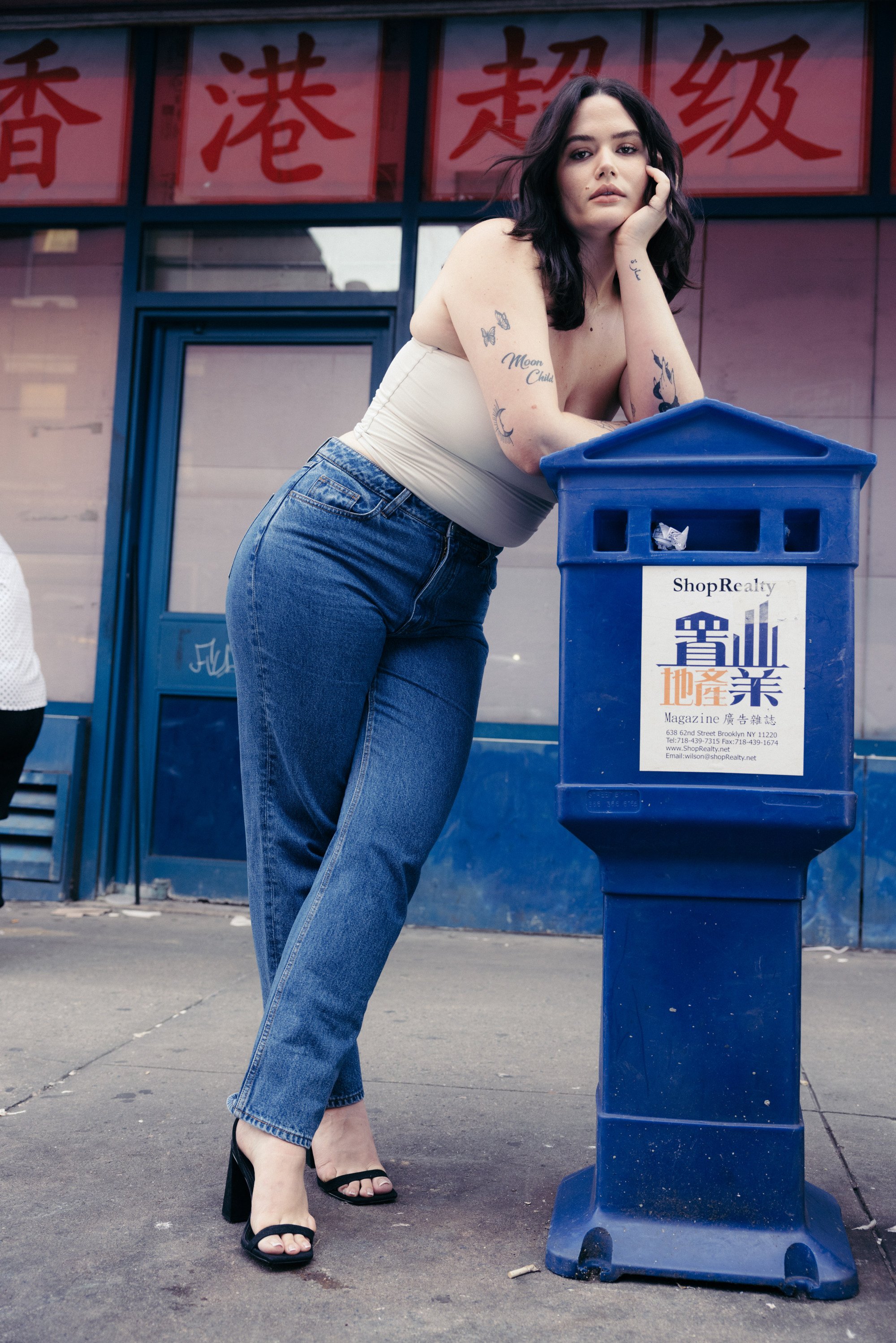
Tell us about Unspun’s custom-fit denim products.
We knew we were going to develop a 3D weaving machine and that it would take years of really hard work to get it off the ground. So whatever products we were making on the fashion side had to be woven, which excluded half of the market.
Skinny jeans were trendy when we started, and talking to 300 individuals revealed a lot of them had trouble finding bottoms that fitted well, especially jeans.
Our first prototype involved scanning our co-founder and chief technology officer Kevin [Martin] in his underwear in his kitchen, and we grew that to fit different body shapes.
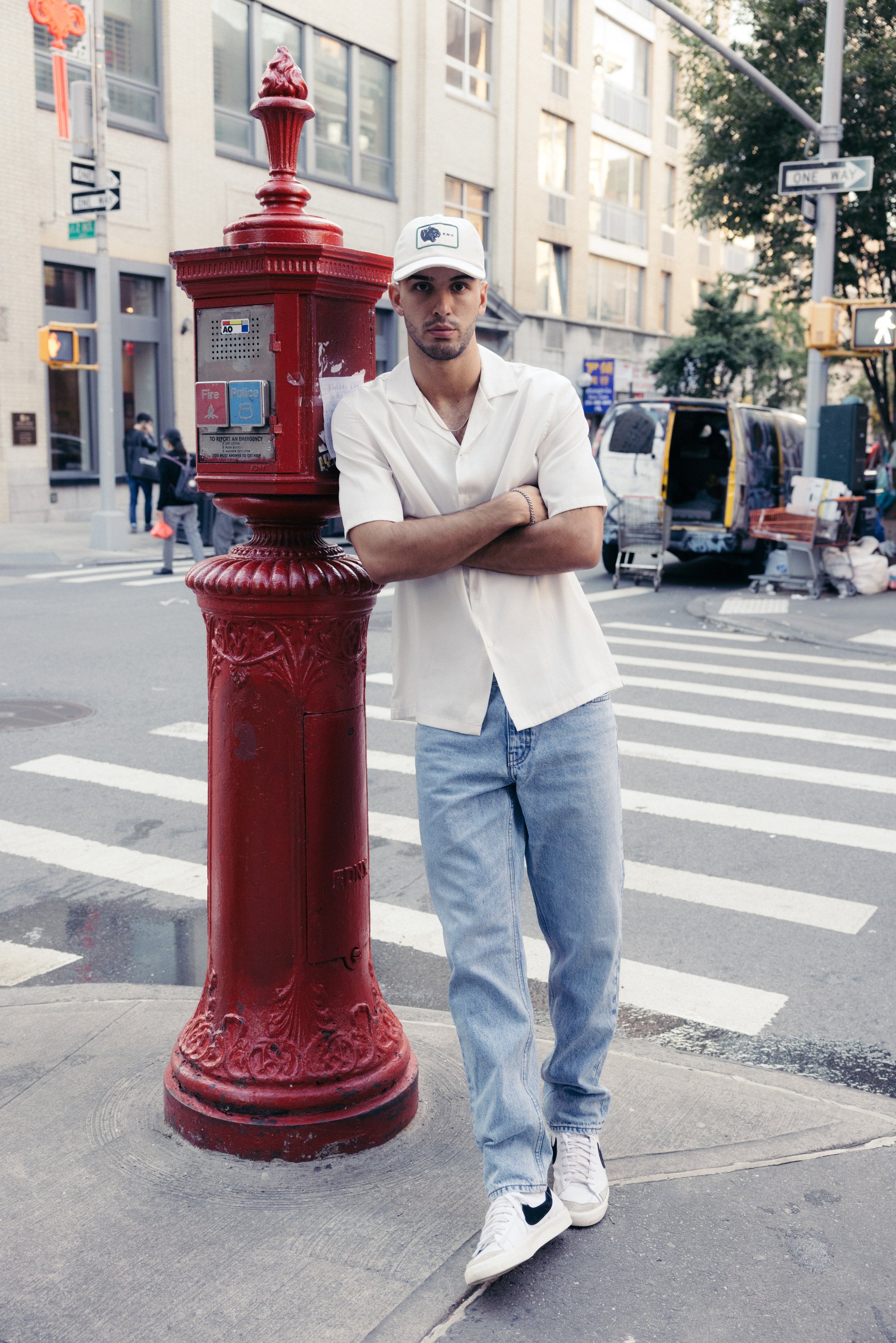
During [the Covid-19 pandemic] we pivoted to mobile scanning so people could download an app and use sensors on their phone to scan themselves within a domestic setting, and get custom-fit jeans made especially for them.
Was there a moment when you realised you were on to something?
When we started it felt a bit early, but the past couple of years we’ve seen more uncertainty that comes with a global supply chain, with geopolitics and raw materials.
The factors are aligning, but we’re still at the early stage of brands being able to plan completely on demand.
Our mission is to reduce the global human carbon footprint by 1 per cent
That’s our focus: preventing waste that inevitably ends up in landfill, by creating on demand.
We began publicly talking about 3D weaving around early 2023, but we’d been working on it in the background for five years. We worked with [New York fashion label] Eckhaus Latta in September 2023, and recently launched a collaboration with [multidisciplinary artist] Ana Kraš.

We’re working with a couple of global brands in Europe as well, to hopefully bring manufacturing closer to where consumption happens.
Can you take us inside the process of how you work with these partners?
With Eckhaus and Ana, the starting point was creating something new that was pushing the boundaries of possibility.
We used our technologies and capabilities to create jacquard-style designs using 3D weaving, with the goal to also create items that were more durable.
It’s about combining creative design with technology to solve design challenges. It’s highly refreshing because the designers are inspired by things that we as technologists aren’t aware of, and cultural trends that make a lot of sense.
We were able to tap into that and unlock some of the uses of materials that we hadn’t thought about.
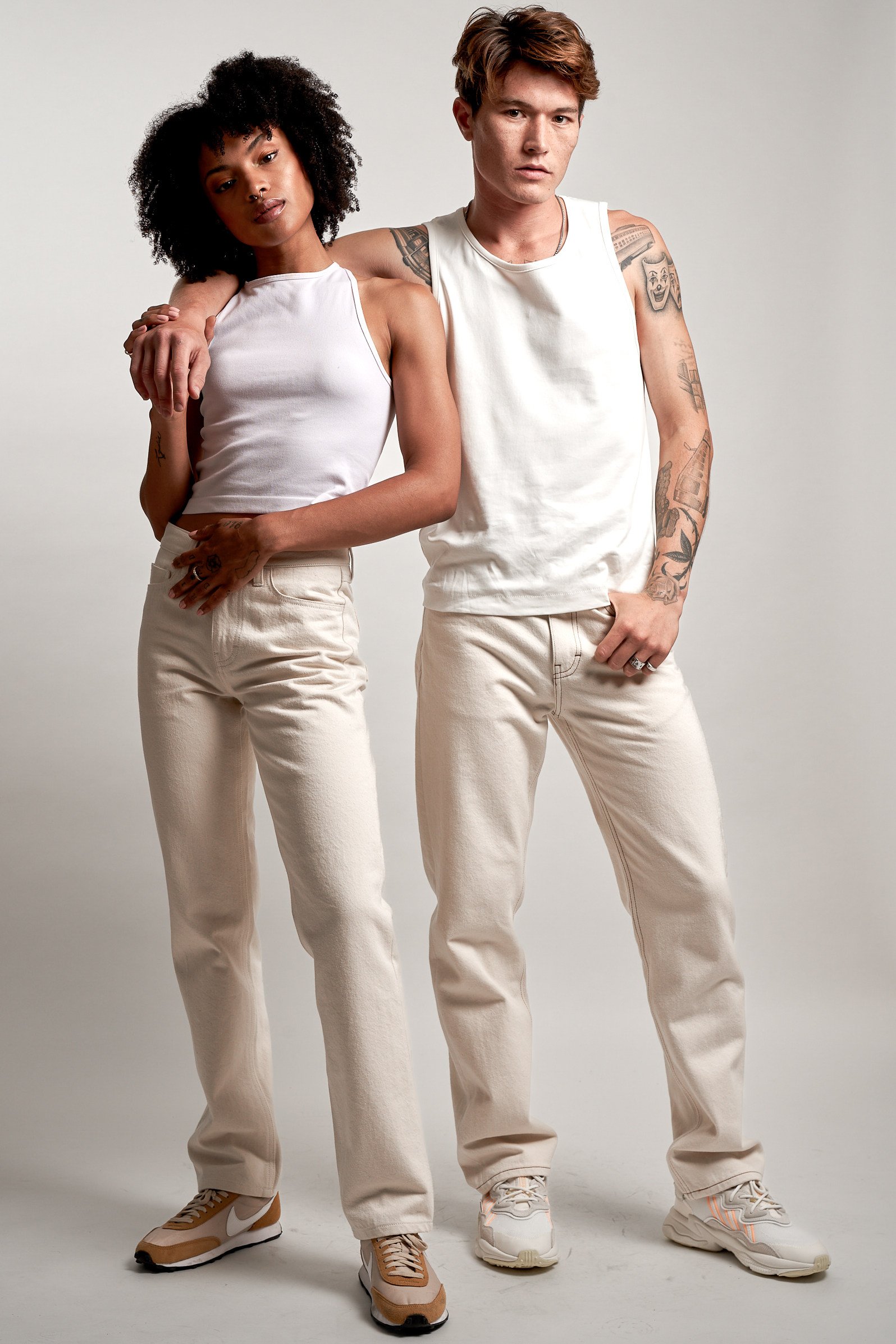
With Walmart, it’s more about solving supply chain issues. Typically, this involves looking at existing collections – pants, for example – and what we can solve with on-demand production to make it cleaner, faster, and – hopefully, in the long term – cheaper or cost competitive.
A lot of the focus is on matching and surpassing the performance of an existing product.
What are your main goals?
Our mission is to reduce the global human carbon footprint by 1 per cent, and, depending on which information source you trust, that would mean influencing a pretty significant portion of the industry – about a quarter to a third, and we need to do it quickly.
With climate science in mind, we’d need to action and scale before the end of the decade. The main thing we want to solve is garment waste: even before Covid, about 20 per cent of garments created got discarded because of mismatches between demand and supply.
In this industry, you can see something go from zero to a hundred quickly because you’re tapping into people’s psyches and trends
If we can solve that issue with on-demand production, it would go a long way.
The technology has the unique capability to basically unravel. Let’s say we make a pair of pants from yarn and then later unweave the pants back into recyclable yarn; that’s a much longer-term goal because you need to have scaled volume for that process to be meaningful.
In your own wardrobe, are most pieces from Unspun?
Thrifting is definitely growing in my closet, but generally if you see me out in the wild, I’m in Unspun bottoms. With tops, I like to support smaller local brands, like Aim Higher Club [founded by Hong Kong high jumper Cecilia Yeung].

What’s the most challenging part of working at this particular intersection of fashion and technology?
In this industry, you can see something go from zero to a hundred quickly because you’re tapping into people’s psyches and trends. But when the trends show up in the charts and numbers, you’re probably already too late.
The other one is the tension of newness, or the pressure of having something new. I don’t think the industry has ever arrived at the right balance.
The most sustainable thing is obviously not producing as much newness, but the fundamental business driver is newness. It’s a tricky balance as well.
Third, there’s an entrenched need for bigger brands to be using innovation or sustainability to tell stories, and a lot of the innovations become one-off marketing campaigns.
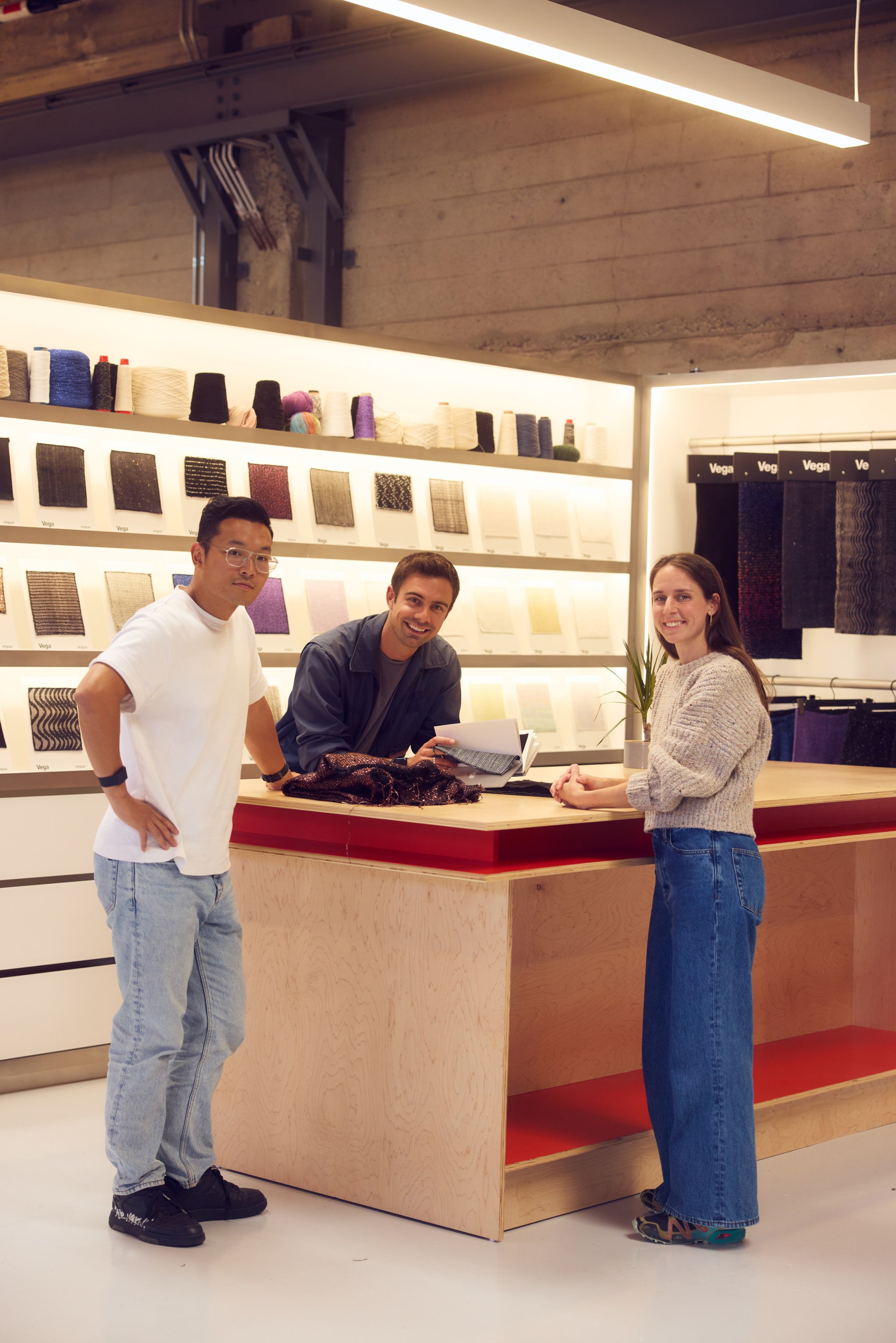
If [you’re selling a material], once you’ve collaborated with a brand it’s less desirable for other companies. The more you scale, the less appealing you become. It’s an interesting challenge because you need cost parity, and to reach it you need scale.
It’s a paradox. We’re all speaking different languages and you have to find a way to understand each other.
Yeah, and our two worlds don’t really intersect. The engineers, the hard science people, they don’t really intersect with people at the centre of culture.
That’s why, with Ana’s collaboration, with the Eckhaus collaboration, it’s really important for us to be working with them because that’s where the cross-pollination happens.

